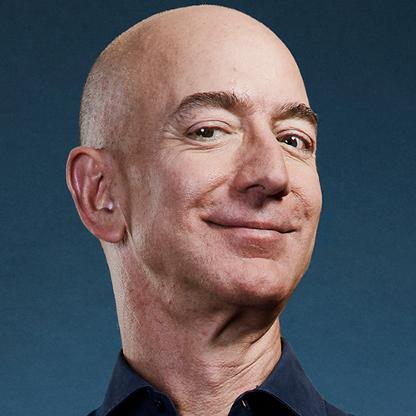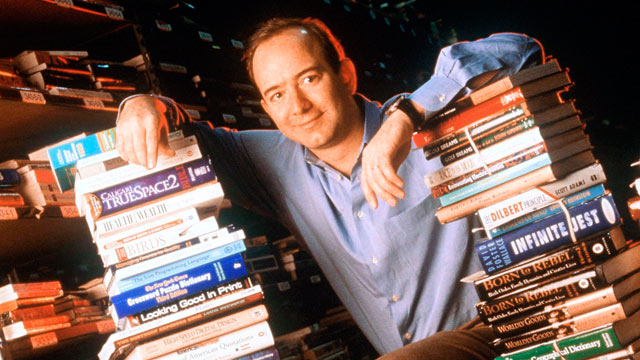We originally published this piece in 2017. Two years later, we added fresh advice for managers.
The modern workplace’s vogue is informal information exchange. We sit in open floor plan offices so that we can spontaneously collide, chat, and collaborate. An office setup for generating ideas can be fizzy and energizing, though when sparks aren’t flying, the colliding can be noisy and distracting.
Jeff Bezos takes a totally different approach to management at Amazon meetings — far from that madding crowd. He has a contrarian management technique that’s peculiarly old school — write it down.
[Image via Forbes]
In senior executive meetings at Amazon, before any conversation or discussion begins, everyone sits for 30 minutes in total silence, carefully reading six-page printed memos. Reading together in the meeting guarantees everyone’s undivided attention to the issues at hand, but the real magic happens before the meeting ever starts. It happens when the author is writing the memo.






